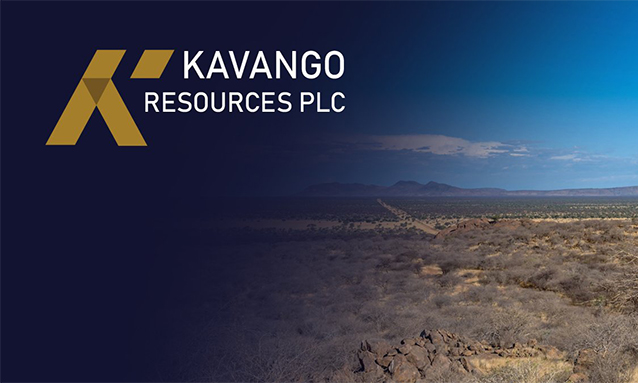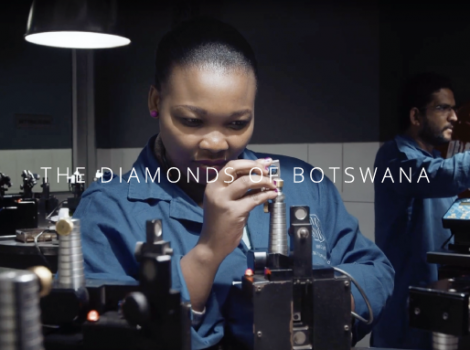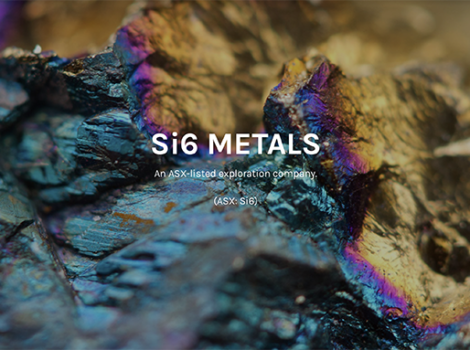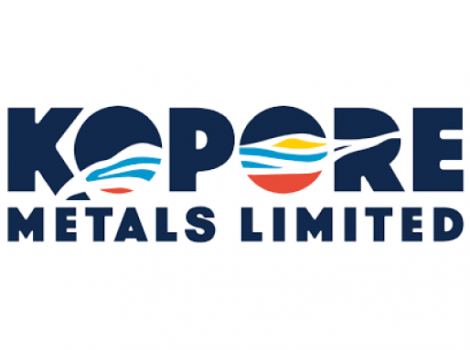
7 October 2024
South African-based Kavango Resources and its joint venture (JV) partner ENRG Elements have jagged an eye-popping copper intercept of 32 percent at the burgeoning Karakubis project in Botswana’s Kalahari Copper Belt (KCB).
The first five drillholes of phase-one drilling campaign, which was designed to test the stratigraphy of the target, have confirmed similar rock sequences to those found at Sandfire Resources’ 633,000-tonne Motheo copper mine and Hong Kong-listed MMG’s nearby 5.7 million-tonne Zone 5 copper mine. Both are regarded as two of the biggest copper discoveries in the KCB.
ENRG sold 90 percent of what was then known as the Ghanzi West project to Kavango for $2.5 million in September last year, but retains a 10 percent exposure. The sale of the ground joined up the latter’s Karakubis and South Ghanzi operations.
Kavango’s initial analysis of five completed drillholes – totalling 2838m out of a planned 5000m – revealed the presence of stratigraphic sequences considered crucial for hosting large-scale copper-silver mineralisation. The campaign has focused, in particular, on testing structural faults and folds to pinpoint “trap-sites” where copper and silver mineralisation tend to be at their most prevalent.
The early drilling, which revealed copper sulphides and pathfinder minerals in the key spots, is regarded by management as highly promising for large-scale discoveries.
Using portable x-ray fluorescence (pXRF) in all five holes, the company detected copper, silver, lead and zinc – a combination that strengthens the potential for a major commercial discovery. One hole threw up some of the most promising results to date, including a bornite hit at 318m depth with a copper reading of 1.28 percent and chalcopyrite at 541m with readings of 32.06 percent copper, 711 parts per million zinc, 604ppm silver and 354ppm lead.
“We are extremely pleased with how exploration of our Karakubis Copper Project, part of our 6200km2 KCB mineral rights package, is progressing. The chalcopyrite and bornite we encountered in Hole KCBDD006 are particularly encouraging indicators.
Karakubis is an extremely large project that appears increasingly prospective for large-scale copper deposits.” -Kavango Resources chief executive officer Ben Turney
On the back of the results, Kavango is now conducting further geophysical, magnetic and electromagnetic surveys to narrow down a list of priority drilling targets. The surveys, which include preliminary induced-polarisation (IP) techniques reaching down to 1200m, will run in parallel with the remainder of the current 5000m diamond drilling program.
The “Ghanzi-West” ground comprises six prospecting licences in Botswana’s emerging world-class KCB and cover a total area of 2630 square kilometres.
ENRG’s 10 percent slice of the ongoing operation is free-carried until the earlier of three years after the completion of its deal with Kavango, assuming AU$3 million in exploration costs is spent in that time, or a date for a decision to mine is made. As part of the deal, all inter-company loans between the company and its subsidiaries were also assigned to Kavango.
The KCB is emerging as a global hotspot for major copper discoveries due to its relatively unexplored, structurally-folded stratigraphy.
It has been compared to the better-known mineral belts of Zambia and the Democratic Republic of the Congo (DRC), which produces 11 percent of the world’s copper and cobalt.
Although the initial results are preliminary and still awaiting full assay analysis, the early signs are promising for the JV. And if a sizable deposit is unearthed in the current drilling, ENRG’s 10 percent free-carried portion could be worth a considerable amount to the company.
It means the next few months are likely to be intriguing ones for its market watchers.



